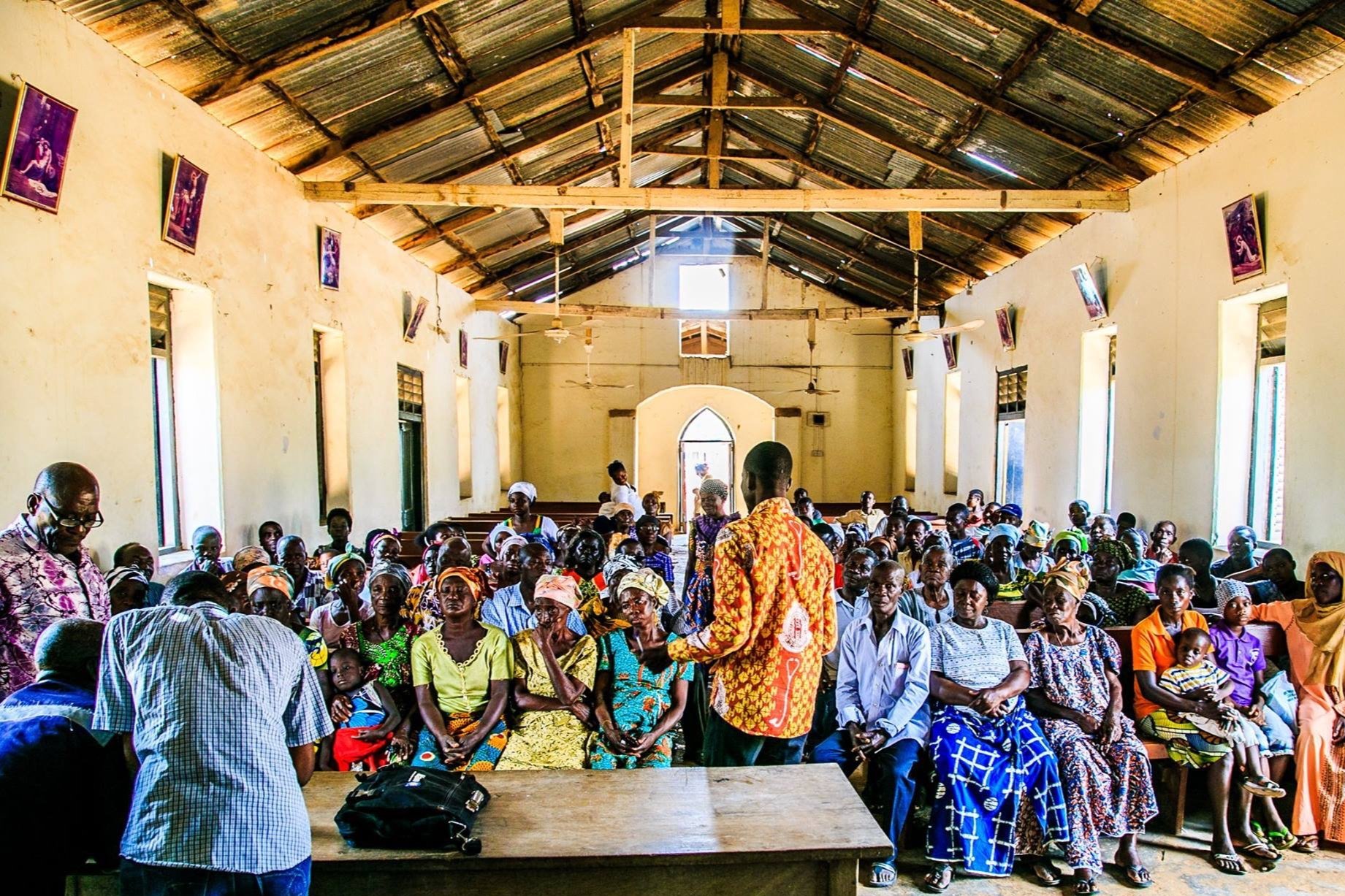
CERTIFICATE IN CULTURAL COMPETENCY
Module 6: Language Barriers and Working with Translators
Even in countries where the national language is English, there are often people living in extreme poverty in rural villages that do not speak or understand English. Although the local staff will speak English and can act as translators, it will initially be frustrating not to be able to speak directly with patients. This is part of culture shock. As with many of the frustrations of culture shock, the best approach is to step back and calmly embrace what is new and unfamiliar. You will learn that smiles and hand gestures go a long way in communicating and connecting with people. You may even discover new joys and profundity that you otherwise would never have known. As Pradeep Mettu, Unite For Sight Volunteer in Chennai, India, wrote about his experience: “The language barrier ultimately made the experience even more meaningful. Since communication was always an issue, I learned a great deal about the human touch and the intangibles that create a universal language between the health care provider and the patient."
In order to communicate with people who speak a different language, you will work with translators. Conducting an interview through an interpreter can be tricky, so to ensure professionalism and clear understanding, you should adhere to the following protocols:
Protocol for interacting with patients (1)
Introduce yourself and the interpreter before beginning the interview.
Speak directly to the patient, as if you were interviewing an English-speaking patient
Pay attention to nonverbal cues
Make an effort to learn basic phrases in the local language, such as greetings and introductions
Speaking through an interpreter can be confusing, but repetition will confirm understanding. Regularly repeat back to the patient what he or she tells you. This will let them know you are engaged, and that you understand their complaints. You should also ask patients to repeat back to you any instructions you give to make sure they have understood. However, do not take this too far and act in a condescending or patronizing manner.
Protocol for interacting with the interpreter (2)
Speak more slowly than usual, and use simple language. Although they speak English, your interpreters may not be native speakers, so speaking extra clearly will ease communication. Clear communication, however, is not necessarily loud communication.
Speak two to three sentences at a time, and then pause to allow the interpreter to translate. If the interpreter puts a hand up or signals you to stop, pause and let them translate what you have said.
Avoid long conversations with the interpreter. If speaking directly to the interpreter is necessary, explain the nature of the conversation to the patient. For example, if you need to ask the interpreter about pertinent cultural differences, you should ask permission from the patient first.
Maintain your role as the interviewer. After several interviews, interpreters may notice patterns in your questions. They may begin to “get ahead of you,” and ask what they think will be your next question before you ask it. If this happens, politely ask your interpreter to wait for you to ask the question to the patient.
Most importantly, treat the interpreter with respect.
Footnotes
(1) Osborne, H. “In Other Words… When you Truly Need to Find Other Words… Working With Medical Interpreters.” July 2000. Boston Globe Magazine On Call.
(2) Guide to working with interpreters in health service settings.” www.health.qld.gov.au.
